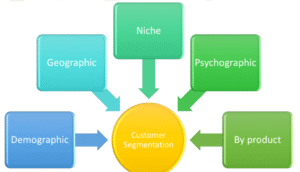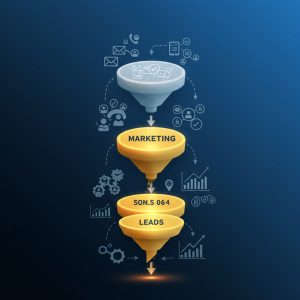The Advantages and Disadvantages of Outbound Marketing

Outbound marketing refers to traditional marketing methods where a company initiates contact with potential customers through direct communication channels. These tactics include cold calling, direct mail, trade shows, TV and radio advertisements, print ads, and email blasts to purchased lists. Unlike inbound marketing, which focuses on creating content that attracts prospects to your business, outbound marketing pushes messages outward to a broad audience.
Advantages of Outbound Marketing
1. Immediate Visibility and Results
Outbound marketing can generate immediate visibility for your brand. A well-executed TV commercial or direct mail campaign can put your product in front of thousands of potential customers within days, not months. For businesses needing quick results or launching time-sensitive promotions, this immediacy is valuable.
2. Broader Reach
Outbound tactics can reach audiences who might not be actively searching for your product. Traditional media channels like television and radio can expose your brand to demographics that might not encounter your online content, helping you connect with potential customers across diverse segments.
3. Direct Control Over Messaging
With outbound marketing, you maintain complete control over your message, its timing, and its presentation. This control allows for consistent brand messaging across all touchpoints and precise timing of promotional campaigns.
4. Works Well for Certain Demographics
Some demographic groups respond better to traditional outbound methods. Older generations might prefer physical mail or traditional advertising over digital channels, making outbound methods effective for reaching these audiences.
5. Less Dependent on Search Algorithms
Unlike SEO-dependent inbound strategies, outbound marketing isn’t vulnerable to search algorithm changes. Your billboard or TV commercial will reach viewers regardless of Google’s latest update.
Disadvantages of Outbound Marketing

1. Higher Costs
Outbound marketing typically requires significant financial investment. Television ads, direct mail campaigns, and trade show exhibits come with substantial upfront costs and ongoing expenses, often making them less accessible for small businesses with limited budgets.
2. Lower ROI Than Inbound Methods
Studies consistently show that outbound marketing generally produces a lower return on investment compared to inbound strategies. The broad targeting approach means many marketing dollars are spent reaching people with no interest in your product.
3. Difficult to Track and Measure
Tracking the effectiveness of traditional outbound marketing can be challenging. While digital outbound methods offer some metrics, determining the exact ROI of a billboard or radio ad remains problematic, making optimization difficult.
4. Consumer Resistance and Ad Fatigue
Modern consumers have developed methods to avoid outbound marketing: DVRs skip commercials, caller ID screens telemarketing calls, and email filters block mass messages. This growing resistance reduces effectiveness and can create negative brand associations.
5. Limited Targeting Capabilities
Despite improvements, outbound marketing still offers less precise targeting than inbound methods. Television ads reach everyone watching a program, not just your ideal customer, resulting in wasted exposure and resources.
6. Environmental Concerns
Physical marketing materials like direct mail, brochures, and print advertisements generate significant waste. As environmental consciousness grows, some consumers view these practices negatively.
When to Consider Outbound Marketing
Despite its limitations, outbound marketing remains valuable in certain scenarios:
- When launching a new business or product that needs immediate market awareness
- For reaching demographic groups that respond well to traditional media
- In competitive markets where visibility is crucial for survival
- As part of an integrated marketing approach alongside inbound strategies
- When targeting local markets where community presence matters
Finding the Right Balance
Most successful modern marketing strategies incorporate both inbound and outbound elements. The key is determining the right mix based on your:
- Business goals and timeline
- Target audience preferences
- Available budget
- Industry norms and competitive landscape
- Product or service characteristics
Conclusion
Outbound marketing, despite growing challenges in the digital age, remains a viable strategy for businesses when used strategically. By understanding both its strengths and limitations, you can make informed decisions about including outbound tactics in your marketing mix. The most effective approach often combines thoughtfully selected outbound methods with complementary inbound strategies, creating a comprehensive marketing ecosystem that maximizes reach while optimizing resources.
Learn more: PPC Marketing: Inbound or Outbound Strategy?





